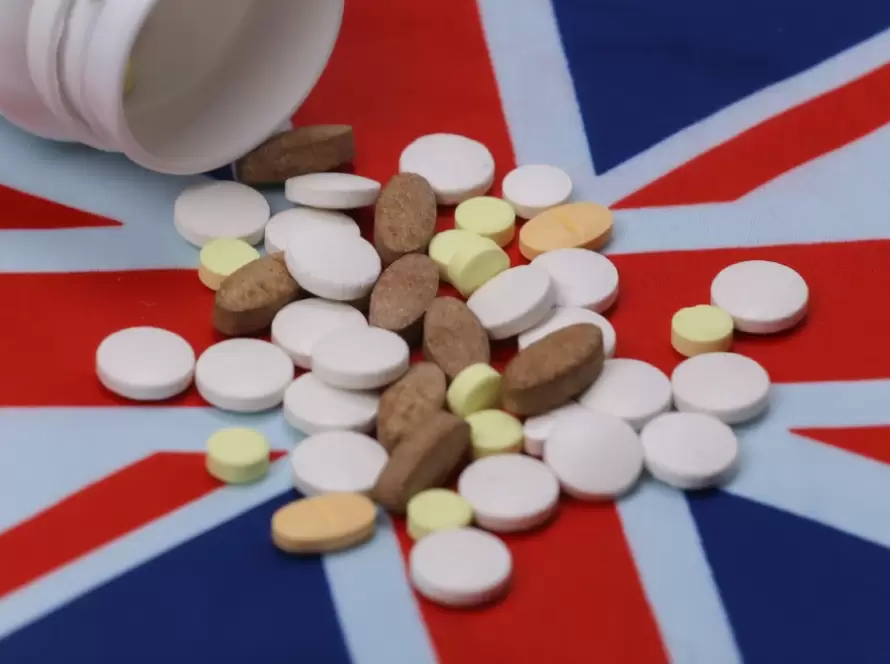The European Union has established a centralised regulatory authority responsible for authorising new medicines within Europe for human and veterinary use. The European Medicines Agency (EMA) is the main authority that apart from new drug approvals coordinates with the regulatory authorities of the other member state countries of the EU as well as acts as an arbitrator for any disputes arising between the member state countries with regards to the regulatory approvals. The Centralised system is compulsory for all biotechnology driven products in the EU. The centralised approval for any new drug is applicable for all the member states of the EU. EMA is not involved with the country-specific pricing and drug pricing is dealt with by the regulatory authorities of each country (member state) of the EU.
Apart from the centralised procedure, there are two other drug approval processes:
- National Procedure wherein an application is filed by the applicant to the national regulatory authorities.
- Mutual Recognition Procedure also known as MRP wherein, based on the approval in one country, the applicant filed for approval in other member state countries. Here, recognising the national approval for an application, the other member countries accept the application and grant the approval. Thus, marketing authorisation amendments, variation applications etc. are filed under the National Procedure followed by the MRP procedure by the applicants in the EU.
For all novel new products, applicants prefer the centralised procedure. EMA also responsible for granting approval for herbal medicines. EU countries are ICH members and follow ICH guidelines for development of new medicines. The dossier are compiled as per the CTD formats and product development must comply with the GMP, GCP, and GLP standards. The usual timelines are 210 days from the date of submission.



